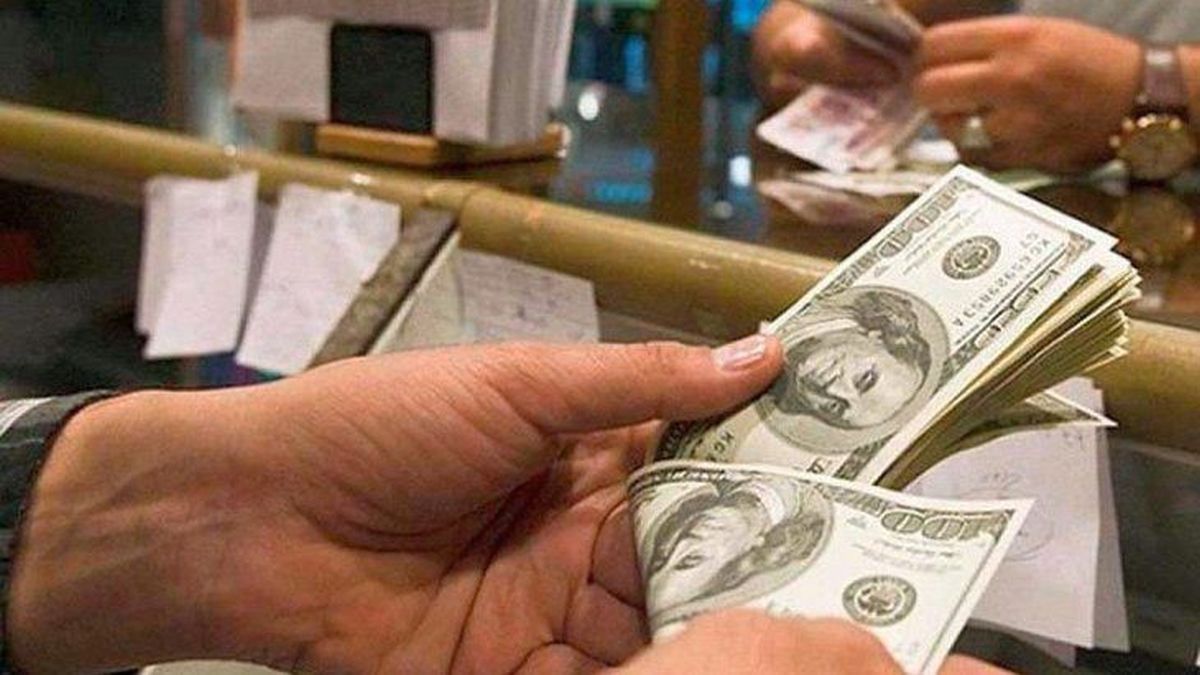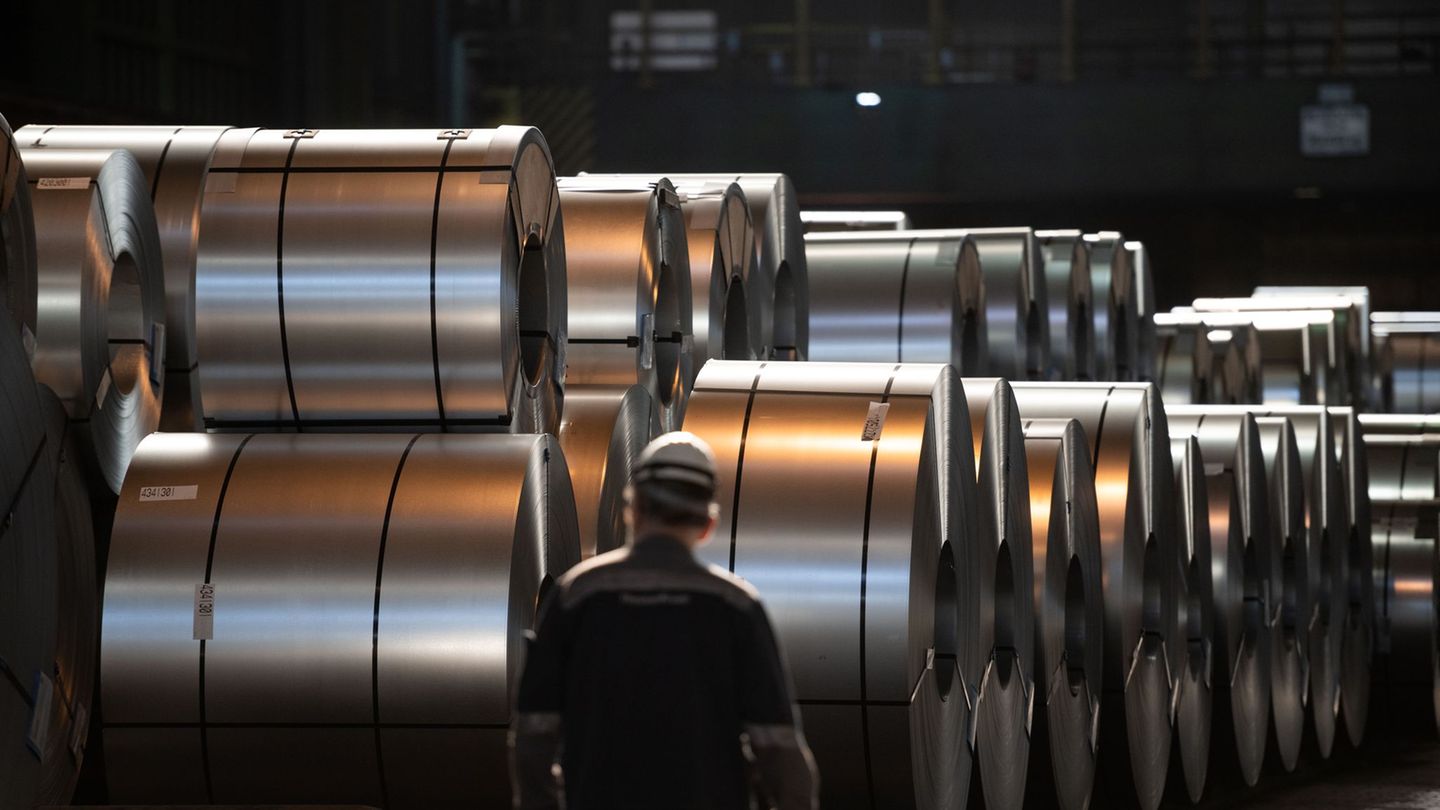The demand for products massive consume by Paraguayans, Uruguayans and Bolivians in the border areas experienced strong growth, driven by the high price of Dolar blue, according to a study by the consulting firm Nielsen. Foreigners come to the country attracted by the difference in prices with respect to their nations of origin.
In 2022, sales of mass products (food, beverages, toiletries and cleaning) grew 4.6% “driven by the interior of the country”according to the report.
Dollar trend: why foreigners consume more in the country
Nielsen measured the evolution of sales in 5 bordering locations and found percentage increases well above the national average in all of them: in branches in Clorinda, Formosa (33%); the missionaries Iguazú (120%) and Posadas (16%); Concordia (13%) and Gualeguaychú (27%), both from Entre Ríos.
The price difference exists since there is a gap. What is new now is that after the pandemic, the inflationary outbreak deepened in many countries of the region, which produced a general increase in prices.“said Javier González, a Nielsen analyst.
What do foreign tourists buy?
Unlike other times, foreign visitors do not come to buy durable goods, clothing, footwear or the classic leather jacket, but instead point to basic consumer products, such as oil, flour, wine, detergent or fabric softeners, meat and milk.
There are those who take advantage of the proximity to carry out the family purchases (final consumers) and small merchants who are supplied in an Argentina that is cheap in dollars.
The purchase of these goods was added to the decision to fill the tank with cars and vans due to the low value of local fuel for foreigners.
The average price differential ranges between 30 and 41%, depending on the product, the type of purchase and the format of the branch.
The gap is much greater with the products that make up the Fair Prices program, installed to combat inflation.
Large supermarkets, wholesalers, and regional chains coexist at border points, all benefiting from “foreign consumption.”
The Paraguayan customer generally buys in quantity (directly goes to the wholesaler) and pays in cash. The Brazilian points more to high-end products (premium wines, packaged meat cuts, alcoholic and distilled beverages, and diapers) and pays by credit card.
Buyers come from cities like Encarnación (Paraguay) and Ciudad del Este (Brazil).
The Libertador General San Martín Bridge crosses the Uruguay River and joins Argentina and Uruguay from Gualeguaychú to Fray Bentos. It was the bridge that was being cut at the moment due to the conflict over the paper mills. The new one will unite Zarate with Nueva Palmira.
The Libertador General San Martín Bridge crosses the Uruguay River and joins Argentina and Uruguay from Gualeguaychú to Fray Bentos. It was the bridge that was being cut at the moment due to the conflict over the paper mills. The new one will unite Zarate with Nueva Palmira.
In the wholesaler, Paraguayan customers represent between 30 and 40% of total sales. The most demanded is sunflower oil and flour, which in the countries of origin cost between 2 or 3 times more.
In general, They line up half an hour before the store opens and fill up a little monkey or two, which they pay for after selling dollars at the price of the blue, which in the interior trades about 10 pesos above that of the city of Buenos Aires.
Brazilians, on the other hand, go directly to the hypermarket because they already know what they are going to buy and they don’t even look at the price: they discount that they are cheaper than in their country.
In Concordia and Gualeguaychú, Uruguayans buy everything, especially fresh produce. They arrive with suitcases and dismantle the packaging of sheets, for example. What is observed in Posadas are organized buying groups.
Tasks are divided to visit supermarkets, wholesalers and shops to compare prices. Then notify and coordinate to avoid eventual caps on quantities. They have come to enter up to 20 cars together to take as much as possible.
In this missionary city, the best sellers are soft drinks (it is somewhat more recent), oil, flour and cleaning and toiletries products from recognized brands, such as Skip, Magistral, Cif, Rexona and Axe.
On Clorinda (a neighbor from Paraguay), the influx of public is much greater. There are small merchants present, mostly to buy drinks, but many families also come to do their usual shopping. Most pay cash.
Source: Ambito




